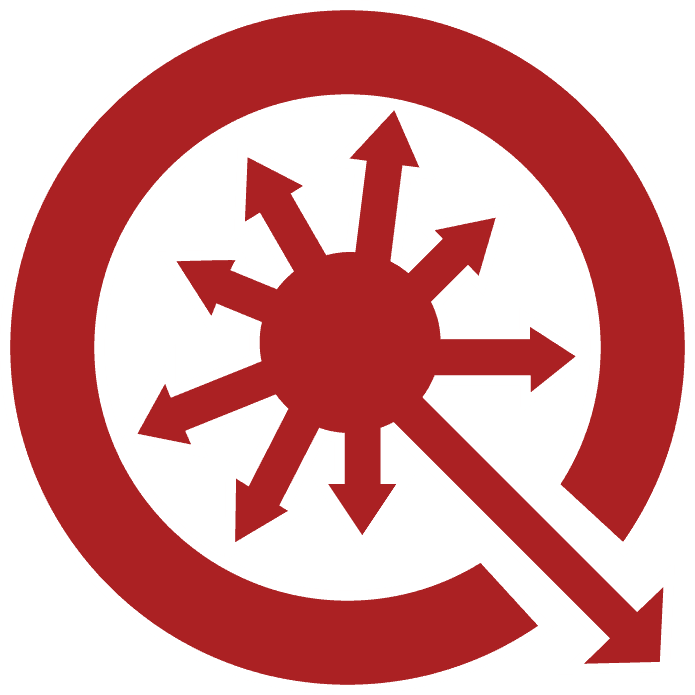Why you want to avoid making this mistake
The following Tech Tip originally appeared in an article from National Fisherman, June 2002.
A marine gear has one coupling at the front and one at the rear. They are alike in name only.
The coupling between the engine and the marine gear is flexible to absorb rotating impulses of torque coming from the engine. But the coupling can’t take any fore-and-aft thrust.
Flexible front couplings can be made of a combination of steel discs and springs or they can be made of a rubber-like compound that absorbs the rotary, or torsional, vibration.
Output shaft couplings, on the other hand, usually come installed from the factory with rigid couplings designed to take both a small amount of torsional vibration and a huge amount of propeller thrust.
Flexible couplings for the reduction gear’s output end are available and do have their place. Light, high-speed boats with high propeller-shaft speeds benefit from a flexible output shaft coupling. The couplings not only absorb vibration but also make up for some misalignment.
“They are often used on lobster boats, which are very light vessels with much higher power levels than other workboats in their weight class,” says Dr. Diesel™ of Foley Engines, a Twin-Disc dealer in Worcester, Mass.
“These boats have planing hulls and use a 2:1 gear-reduction ratio, which provides for a higher propeller speed. These applications respond nicely to the flexible output shaft couplings,” he says.




